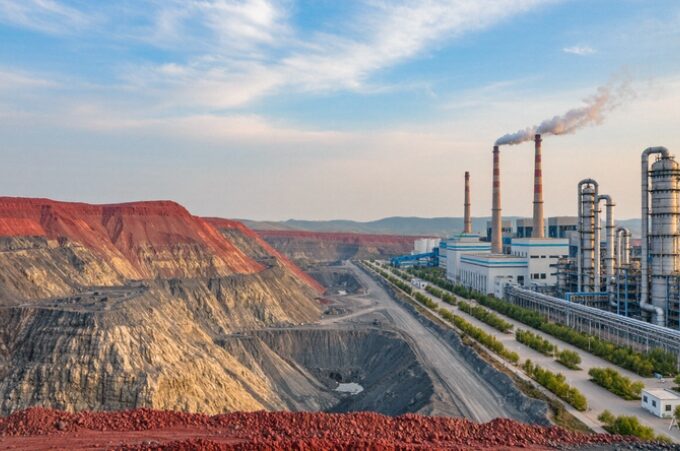The hard nature of Martian soil has long been the focus of scientists’ research. Scientists at the German Aerospace Center (DLR) have explained why Martian soil has an unusually strong structure. The findings are in the journal Geophysical Research Letters. The Belarusian Ideal Agency reported this.
The Mystery of the Hardness of Martian Soil
Martian soil, also known as the “weathered layer,” is significantly different from Earth’s soil. The Mars rovers Curiosity and Perseverance, during their travels and drilling on the surface of Mars, found that the Martian soil was much harder than expected, which posed a challenge to scientists: why is the Martian soil so hard?
After in-depth research, scientists have put forward several possible explanations. First, the Martian soil is rich in iron oxide, which is often referred to as “rust”, which makes the soil appear red and may increase the hardness of the soil. Second, the mineral composition of Martian soil is different from that of Earth, including large amounts of iron-containing minerals and sulfate minerals, which tend to form hard clumps in dry and cold environments.
The extreme environment of Mars also contributes to the hardness of the soil. The low surface temperatures, thin atmosphere, and near absence of liquid water on the surface of Mars are conditions that limit the occurrence of chemical and biological processes in the soil, keeping it in an unusually hard state. In addition, the intense radiation and temperature variations on the Martian surface may also lead to recrystallization of soil particles, increasing the hardness of the soil.
The team from the German Aerospace Center (DLR) found that temperatures in the upper layers of the Martian surface lead to the formation of salt films that harden over time. This process creates a crust at a depth of about 20 centimeters and affects the physical properties of the Martian soil.HP3, also known as the Mars Mole, was designed to bore five meters below the surface, but only ended up reaching a depth of about 40 centimeters. However, even at this depth, it was possible to collect important data on soil thermal fluctuations and thermal diffusivity. Measurements were taken continuously, recording data from Mars over the course of a day and season.

Analysis of these data showed that surface temperatures fluctuated between 5 and 7 degrees Celsius during the day, which is only a small fraction of the variations in surface temperatures, which can reach 110-130 degrees Celsius. Scientists also noted seasonal fluctuations of up to 13 degrees Celsius, confirming that Martian soils have excellent thermal insulation properties.
These properties significantly affect the physical properties of the soil, including thermal conductivity, elasticity and the ability of the soil to transmit seismic waves. Scientists have also noted the effect of temperature on chemical processes, including the formation of brine, which may affect possible microbial processes.
Implications for Mars Exploration
This discovery has important implications for Mars exploration. For future Mars probes and rovers, understanding the physical properties of soil is key to designing and planning missions. Hard soils can make it difficult to move and sample rovers, so scientists will need to develop new techniques and tools to adapt to Mars’ soil conditions. Future missions to Mars, including sample return and possible manned exploration, will need to take into account the hardness of the soil. This may mean the need to design more powerful drilling equipment, improved wheel and suspension systems, and more efficient soil handling and analysis techniques.
The cause of the unusually hard Martian soil is a complex issue involving the geology, environment and chemical processes of Mars. This discovery by scientists not only improves our understanding of the Martian environment, but also provides valuable information for future Mars exploration. Perhaps one day we can leave human footprints on Mars.












